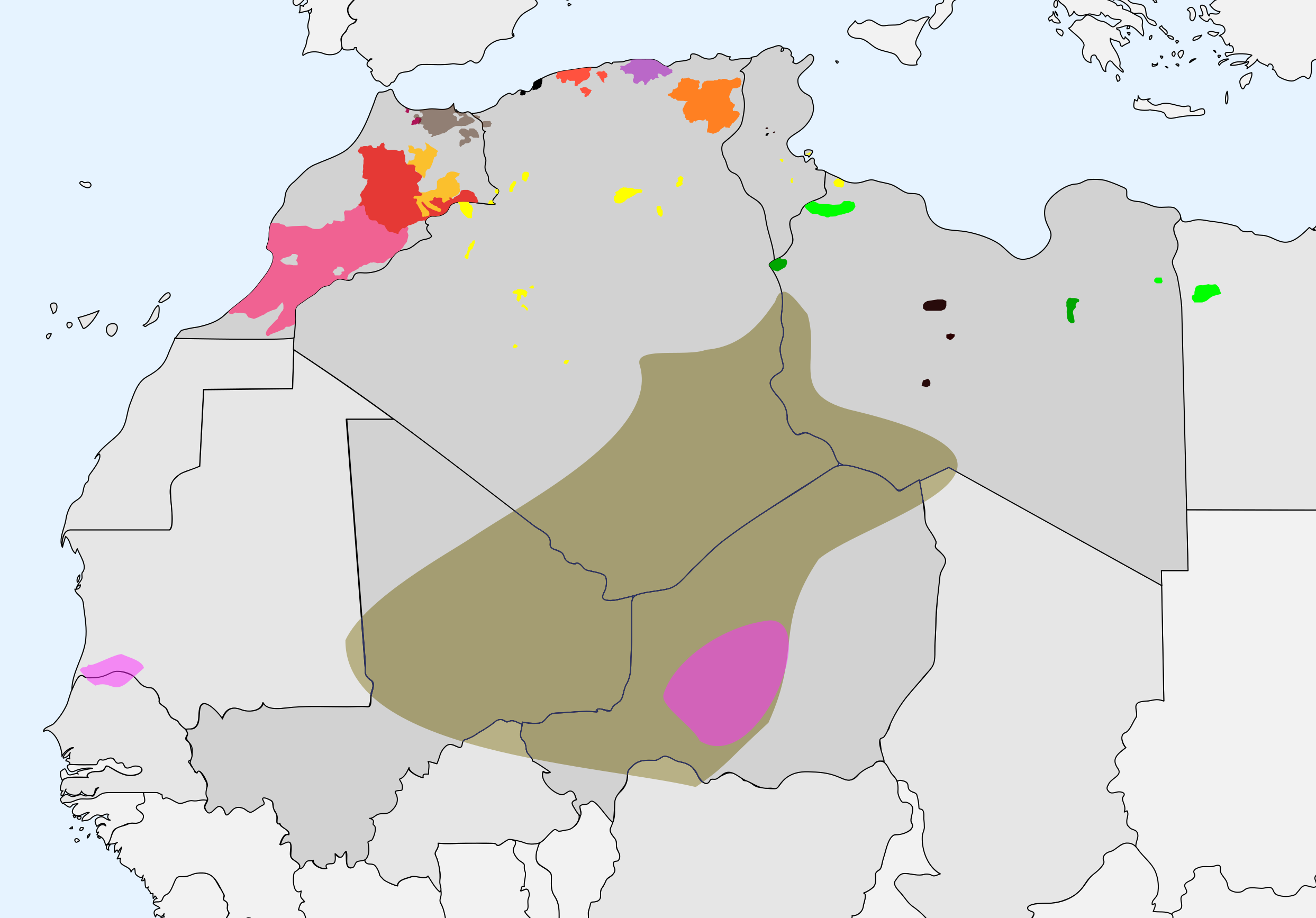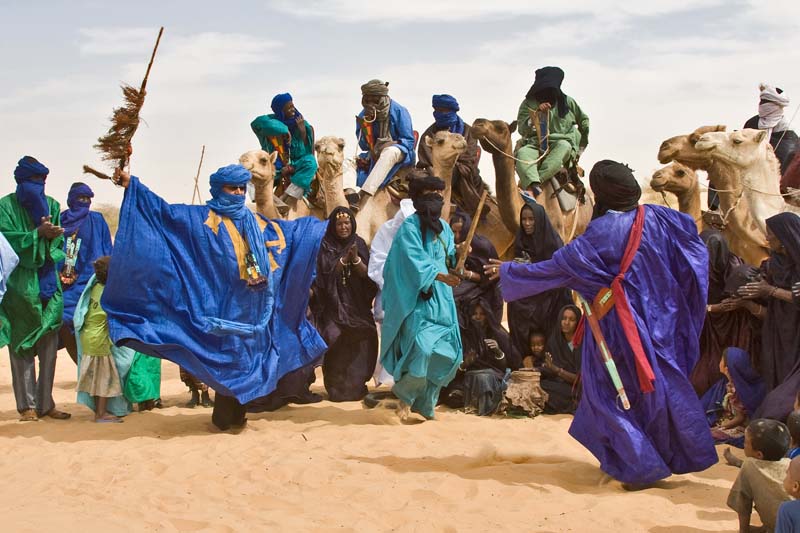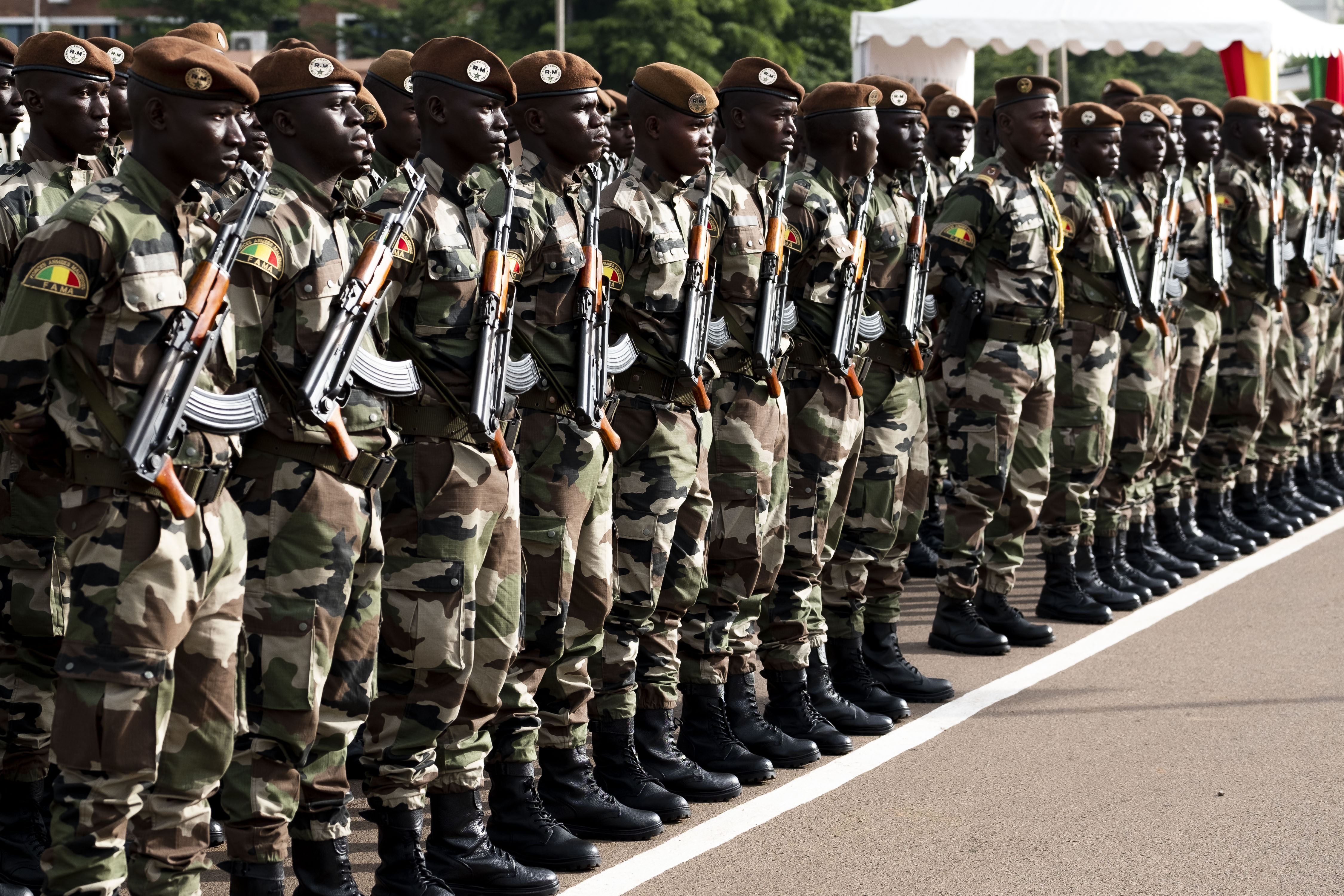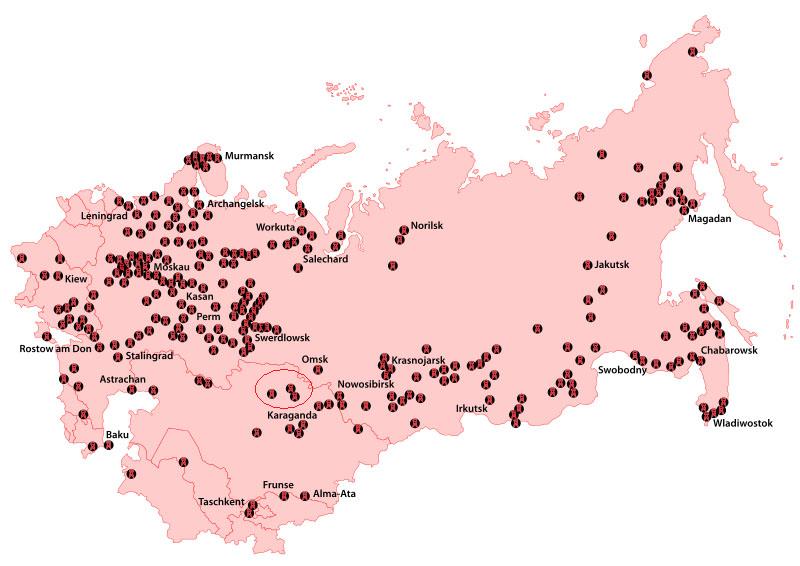Introduction.
In an area of the Sahara and the Sahel that is continuous, diffuse, extensive and of plastic geopolitical contours, comprising eastern Mauritania, northern Mali and Central African Republic, western Niger and the mountainous areas of southern Algeria, extends the natural habitat of West African jihadists. The vast transition zone of the Sahel occupies the African territories between the Sahara and the humid tropical regions, located south of it. The Sahel is plagued by persistent droughts, which are its main geographical determinant and which progressively extend the desert to the south and drive its sedentary inhabitants away to the neighbouring Central African countries. The Sahel is no more that Central Africa’s wet and green terrains, which are in process of being overwhelmed and deserted by the uncontained advance of the Sahara and which continues eastward across Chad and South Sudan to the shores of the Red Sea of Eritrea and Ethiopia.
Bereberia and the Land of the Tuaregs.
The Berber country is formed by the hinterland of the countries of the central and western African Mediterranean, Morocco, Algeria, Tunisia and Tripolitania (western Libya). These white-skinned individuals, to distinguish them clearly from the Arabs or brown (Moors) constitute a characteristic majority in regions such as the Kabila, the Rif and the Aures. Although since the end of the seventh century they embraced Islam, the Berbers have always maintained a strenuous and discontinuous resistance against the invasion of the Arabs from the East, for the maintenance of their idiosyncrasy and regional power in their lands. Berbers were old Christians before Islamic rule. For example, in the Maghreb there were 47 bishoprics functioning in the 5th century AD.

At the south of Bereberia, being part of their ethnic groups and extending with the desert towards the interior of Africa, live the Tuareg or al-Tawarik. This is the plural of «tarqui«, «tarka«, which are a defined racial group within the Sanhadja of Western Sahara. The name could come from the Arabic verb «taraka«, which means to abandon, for example, religion, to become «renegades«. And it would refer to the difficult Islamization of this Berber group. Other researchers derive the name from the Arabic tharik, camino. To designate them as «road robbers«, by the total control they got during centuries over the great trans-Saharan routes and their usual looting of the black populations of the Sahel. Its organized and independent origin arises with Queen Tin Hinan, who would move from the western desert to the Hoggar Mountains. And from there they subsequently spread to the southern regions of the Sahara and the northern Sahel. There are very rich burials of women, who come from this time more or less idealized. This matriarchal origin is supported by its Christian tradition and establishes a sonship and maternal heritage in the Tuareg clans. And it gives Tarqui women freedom, esteem and prerogatives, which are unknown in the Muslim world. Forming a nation without a state of their own, the Tuareg are divided into eight tribal federations. These are geographically grouped into the northern Tuareg, the Tassili N-Ajjer, Hoggar and Adrar and the southern, the Awelimid and Kel Wi of the Air.

Their social structure divides them into classes that are not very permeable, by virtue of their origins and the trades they do. The Tuareg of the upper classes have the privilege of wearing a veil colored with indigo, which gives the whole ethnic group its popularized name, the «blue men«. The chiefs or amenokales are here «primus inter pares«, elected by the noble classes and warriors in their sovereign assemblies, who make or ratify all decisions important to the clan. These local chiefs are privileged negotiators with the various Governments or authorities, who enjoy personal rather than institutional authority, and whose agreements can be ignored by adult males, if they are not revalidated by those assemblies. Today, the Tuareg are spread over a vast territory, without borders or well-defined lands, seeking a sedentarization that is the basis of a minimum social and economic development from the pure nomadism. This actual geographic space coincides with the «subversive habitat«, which is superimposed on it, where the various active jihadist groups in north-west Africa desert settle.

Since immemorial time, the Tuareg have been engaged in nomadic herding of camels, sheep and goats. Although its main wealth, power and status came from the «control» of the caravan routes that crossed its vast territory. This control was exercised with an eclectic combination of “customs”, robberies and as drivers and auxiliaries of caravans. This domination of the trade and supply routes, undisturbed by the European colonizers, gave them an important influence on the markets of origin and destination of those. They also ravaged the Black populations affordable from their territories, stealing their goods and capturing slaves for service and sale. The rather abrupt appearance of the new independent African states after the Second World War, definitively broke this economic power and the influence on the isolated populations in these routes. By restricting their free movement, while losing the exclusivity of the transports by its land with the progressive motorization in those.
Their transhumance and ability to adapt to periods of drought were also strangled. Droughts in the 1970s and 1980s forced families and small clans to settle alongside nearby urban centres in Algeria, Libya and Nigeria. Currently, the total population of the Tuareg ethnic group living in their natural and historical habitat and their geographical surroundings ranges from 1.2 million to 1.5 million people. And in these territories of so many countries, the population density is repetitively 1.5 people per square kilometre.

The Tuareg always opposed the formation of central states, which would project their action within their territory. They did so by force against the black empires of Mali and Songhay, which also elevated Timbuktu to the status of Magreb’s cultural capital in the Late Middle Ages. Timbuktu was founded by the Tuareg at the beginning of the 12th century, who always considered it their property and, over the centuries, reconquered it several times, the last in the period 1863-1893. The Tuareg are Muslims from the periphery of Islam, where orthodox or radical doctrines do not arrive with full power and interest. The natural and political conditions of his land have always been hard. They have developed a human resilience to survive and endure in their perennial lands. So, not only is their sui generis religion a virtue of their ethnicity. The mutual play of rights and duties, which derive from the relations between individuals and family groups, clans and tribes, are also virtues for them. Whence they derive the personal identity, referred to and compared with their peers, and the mutual protection of individuals and their primitive societies.

So, it is not surprising that in the moments of maximum weakness of the Malian state, the Tuareg took over northern Mali and made Timbuktu their political capital. Coexisting by mutual advantage and reluctantly with the seat of internationalist jihadist groups in cities like Gao, Kital and the capital itself, in the interior of its Azawad Republic. The Republic of Mali became a yielding state. The Army tried to impose itself on the Tuaregs and the Islamist green shoots in the north. But, it lacked motivation, body spirit, training and equipment and professional will. Generals led from Bamako the spasmodic attacks against the most obvious and permanent rebel settlements. And the officers and non-commissioned officers, among whom the capabilities were similar, tried to encourage and propel their men. So that, overcoming the natural tactical laziness of fighting, the small units fulfilled their missions. For this reason, the coup d’état of 22 March 2012 was staged by the Malian captains, who, in a gesture of survival Bonapartism, were fed up with the misuse to which they were subjected.
(TO BE CONTINUED).

 IN THE TRIBAL ZONE OF PAKISTAN, AT THE BORDER WITH AFGHANISTAN.
IN THE TRIBAL ZONE OF PAKISTAN, AT THE BORDER WITH AFGHANISTAN.
 HISTORIC STUDY OF RESULTS Y VICTIMS.
HISTORIC STUDY OF RESULTS Y VICTIMS. GULAGS IN THE USSR.
GULAGS IN THE USSR.